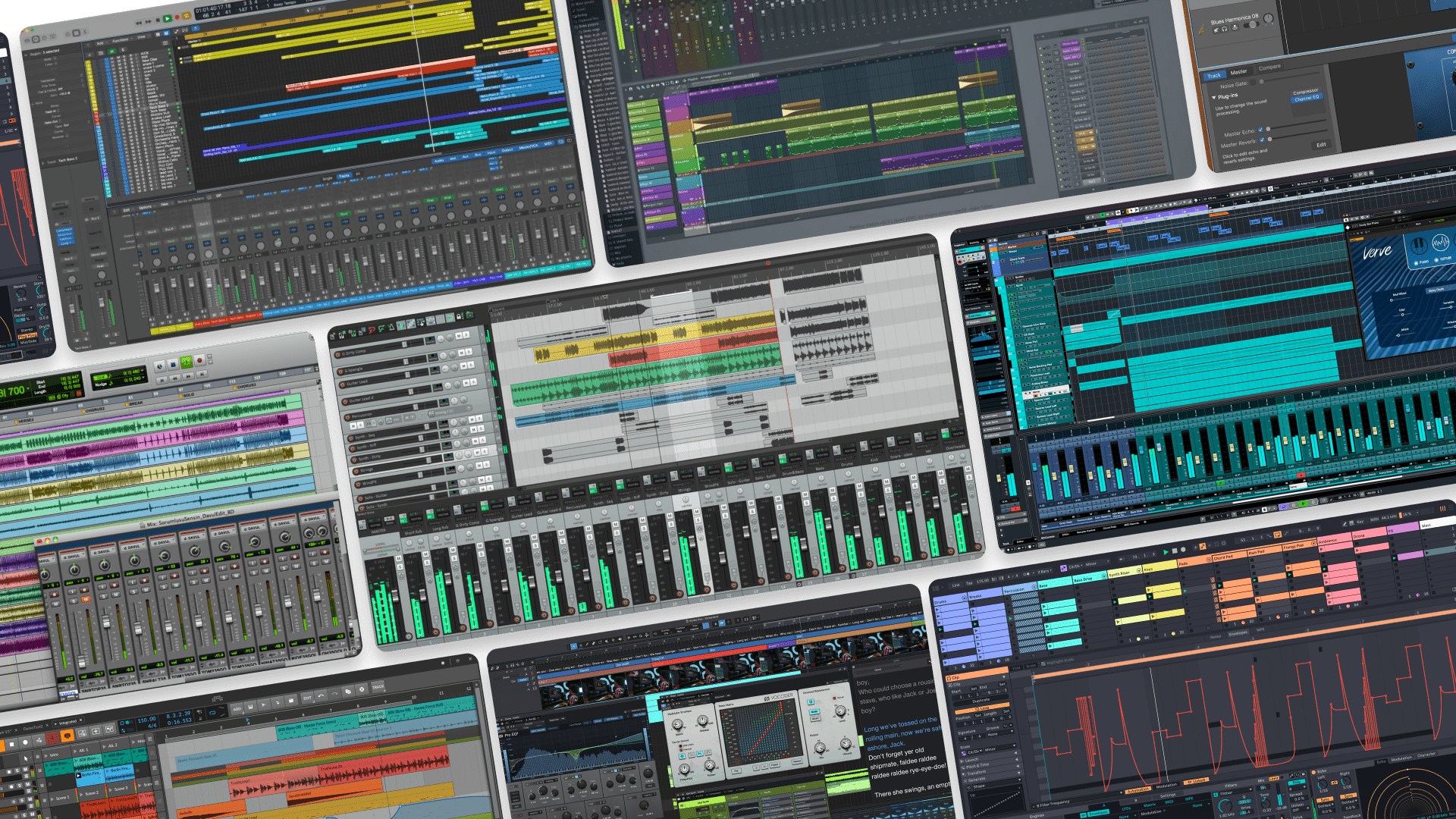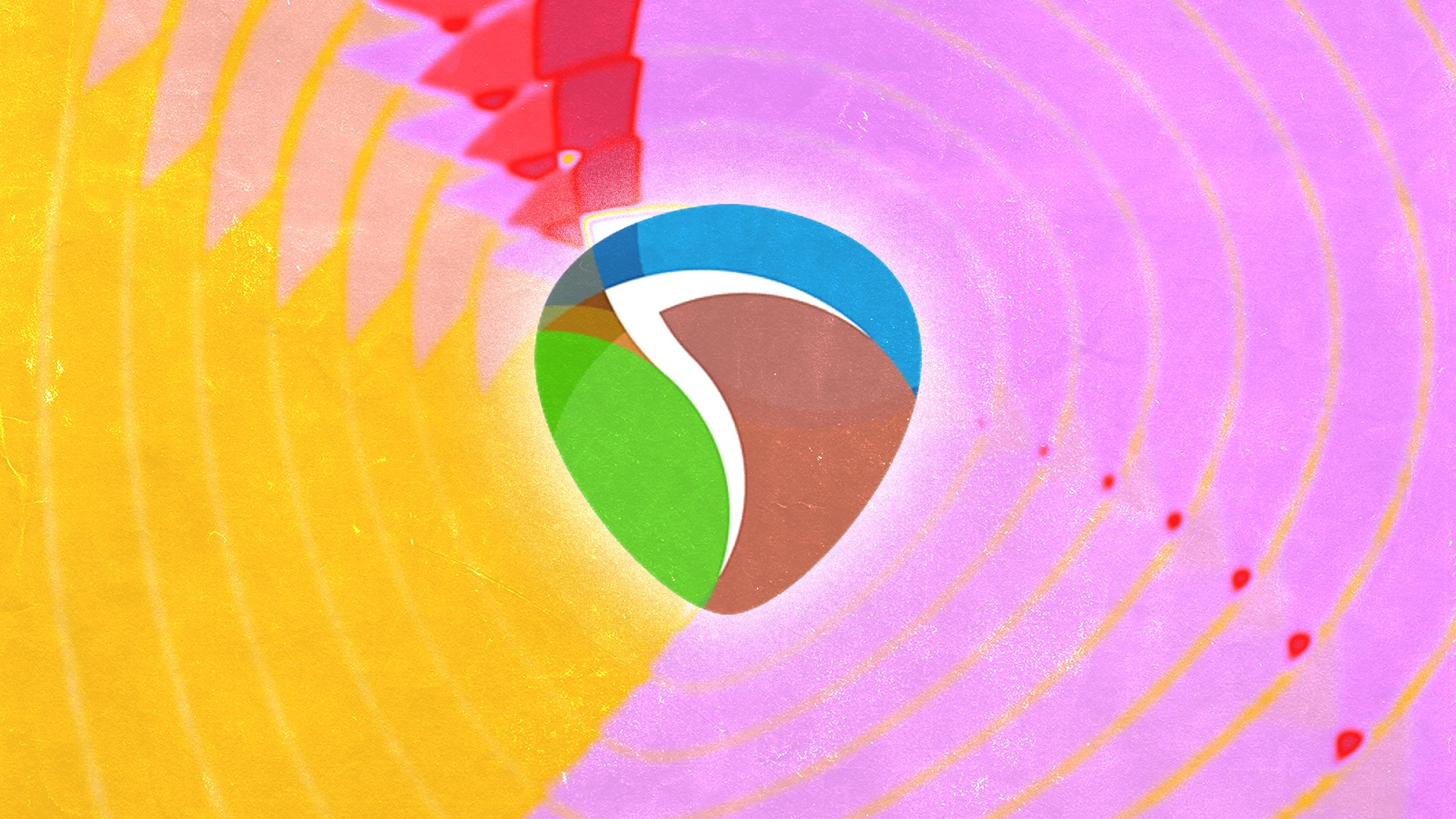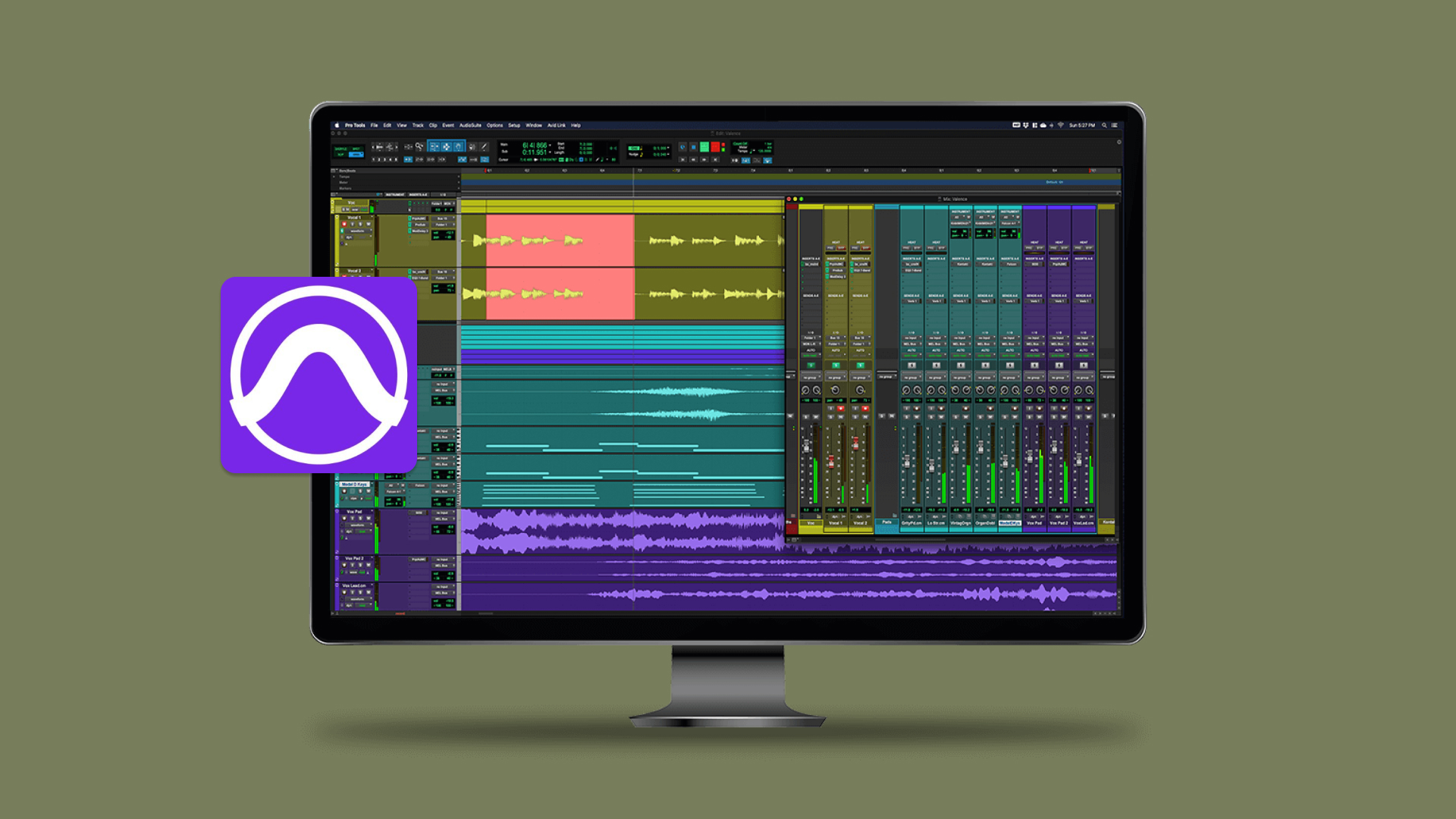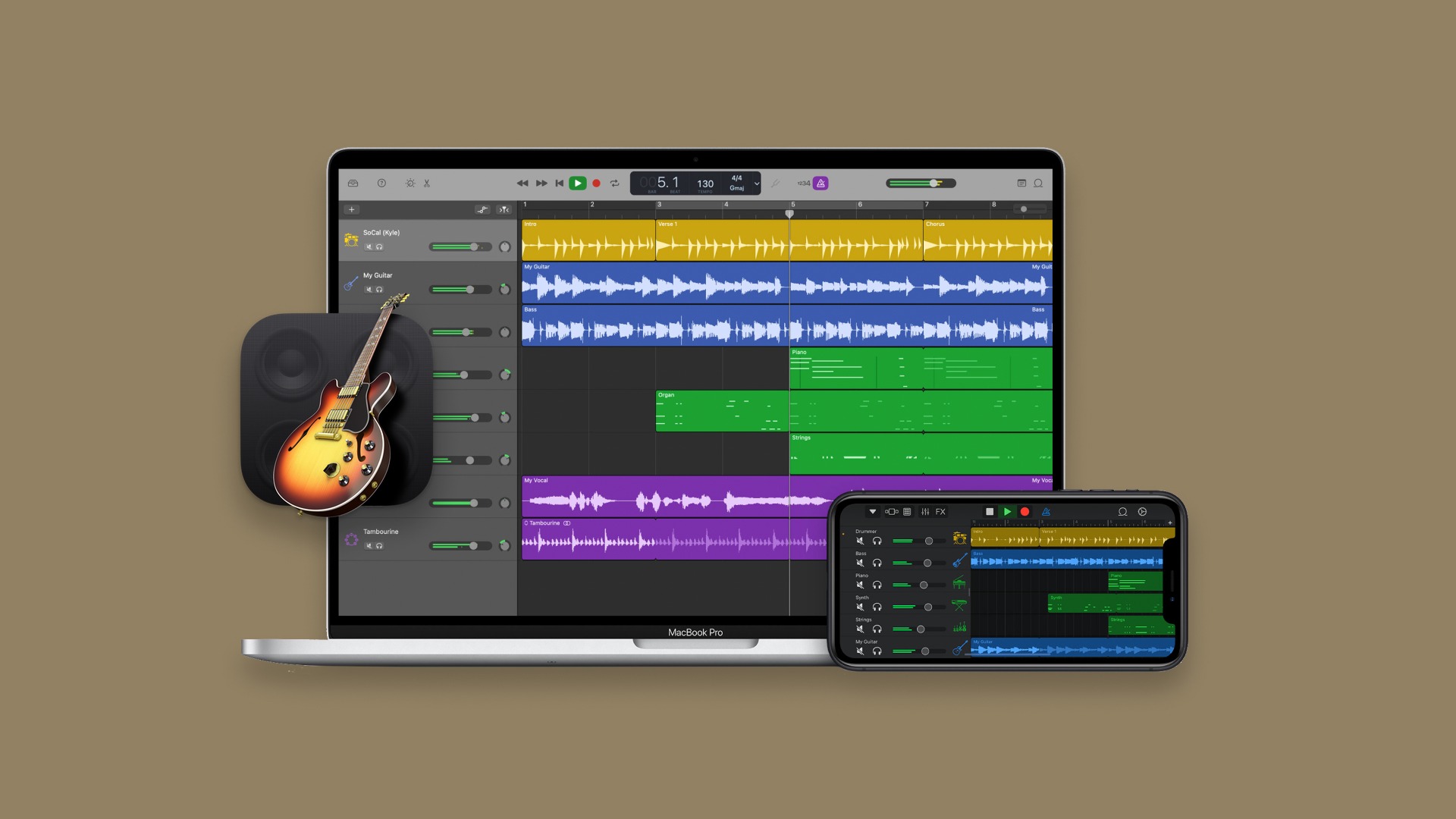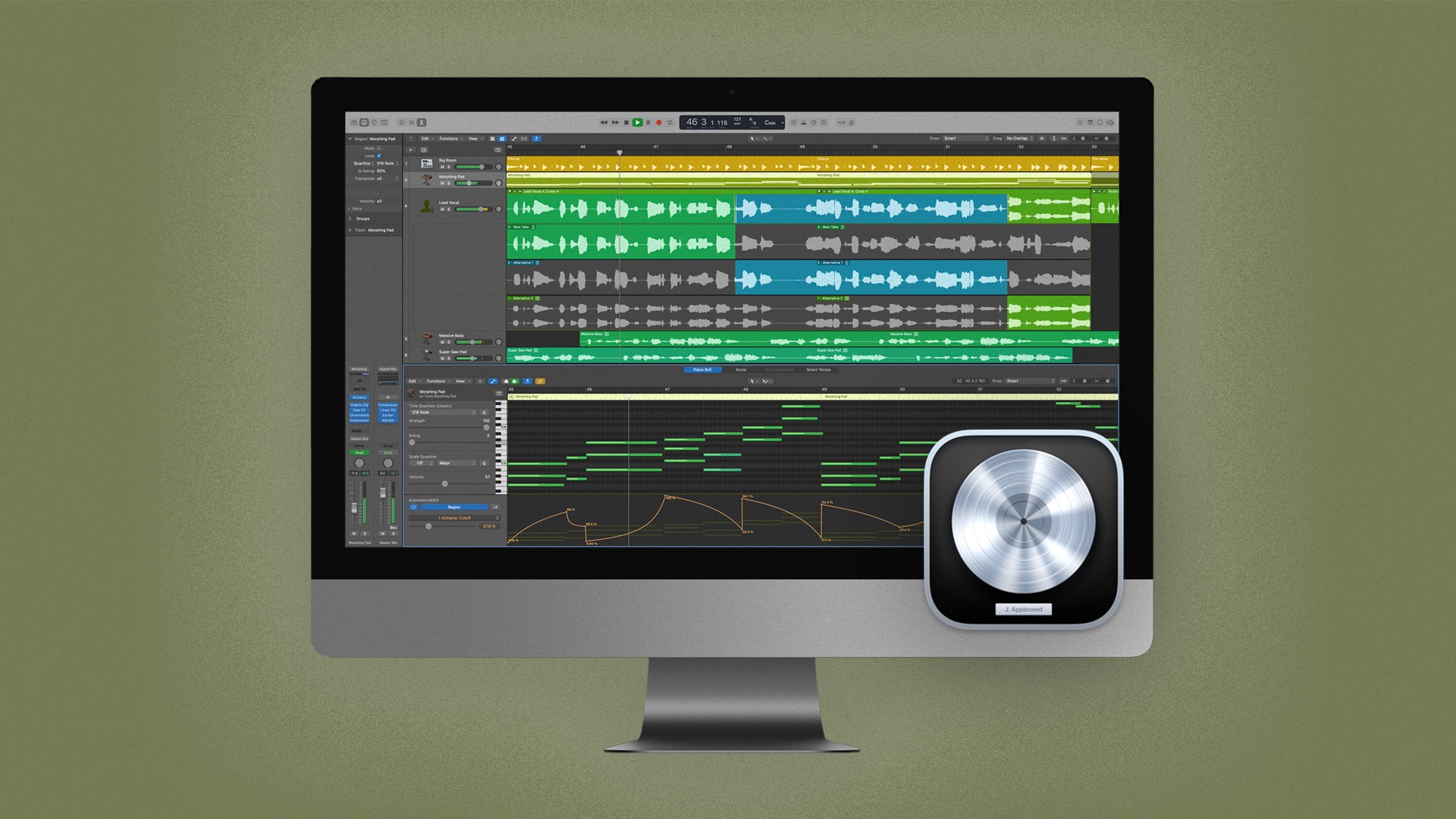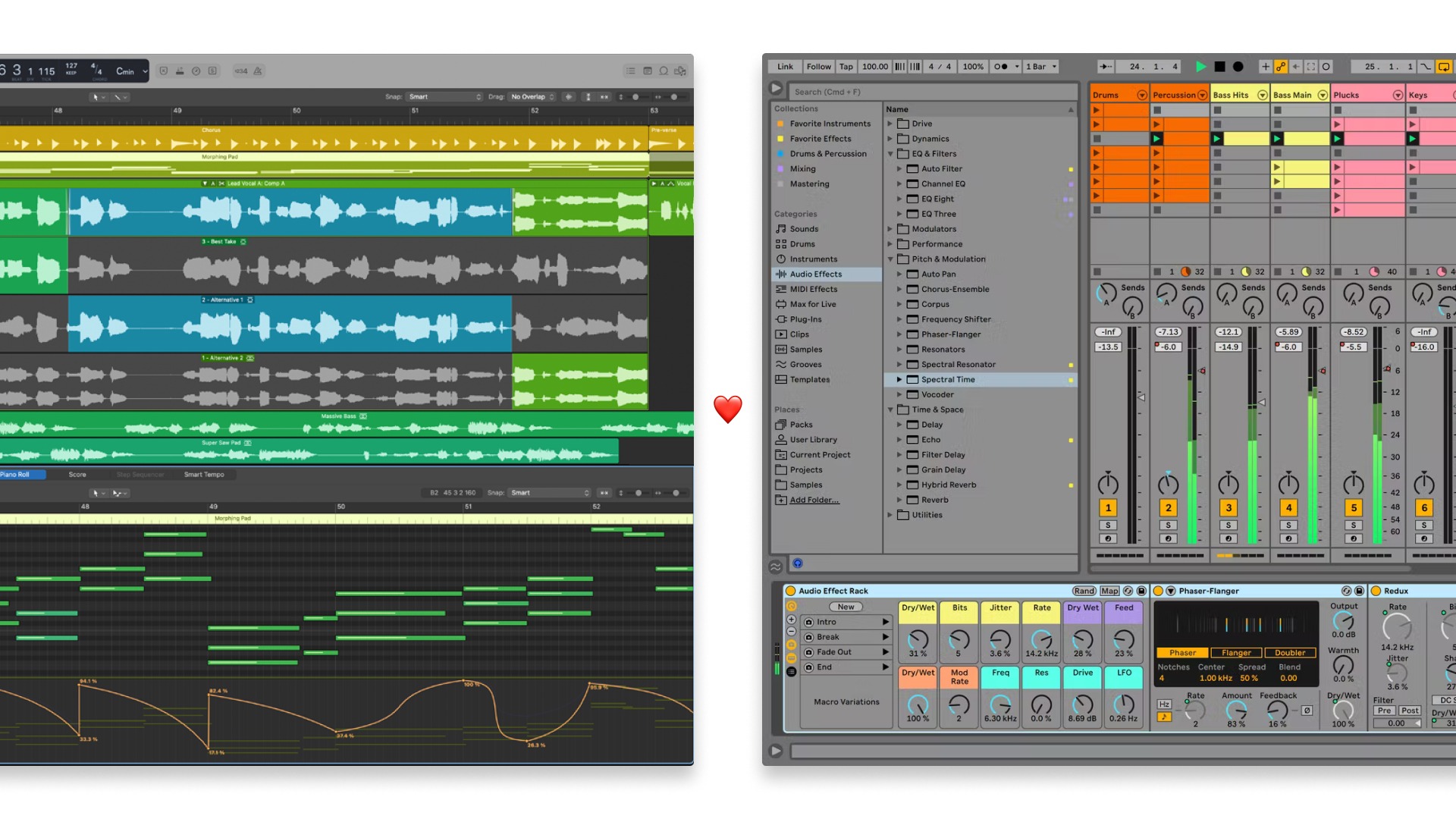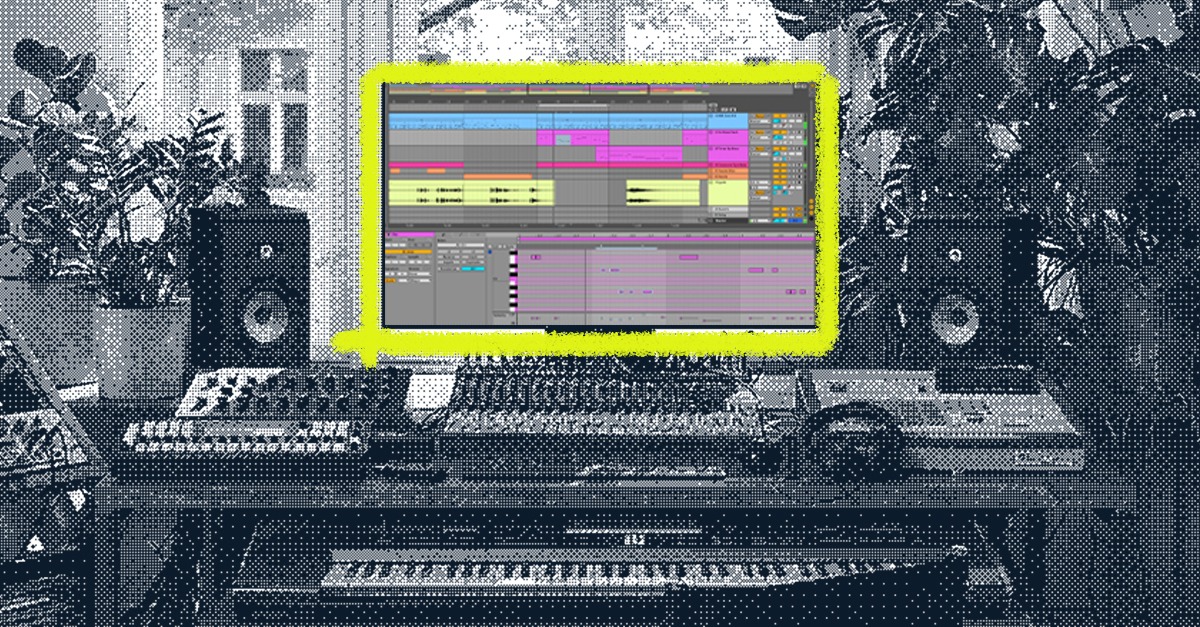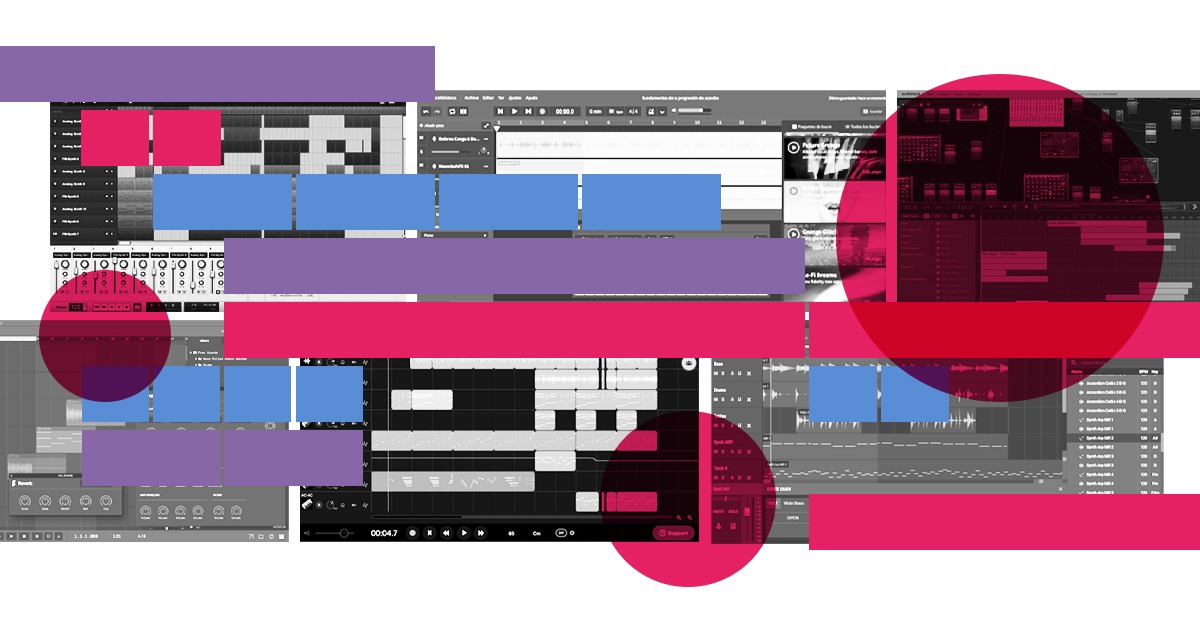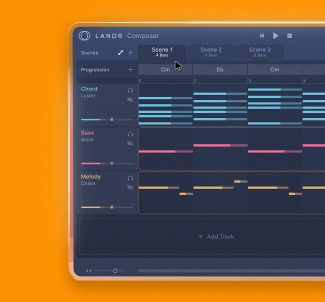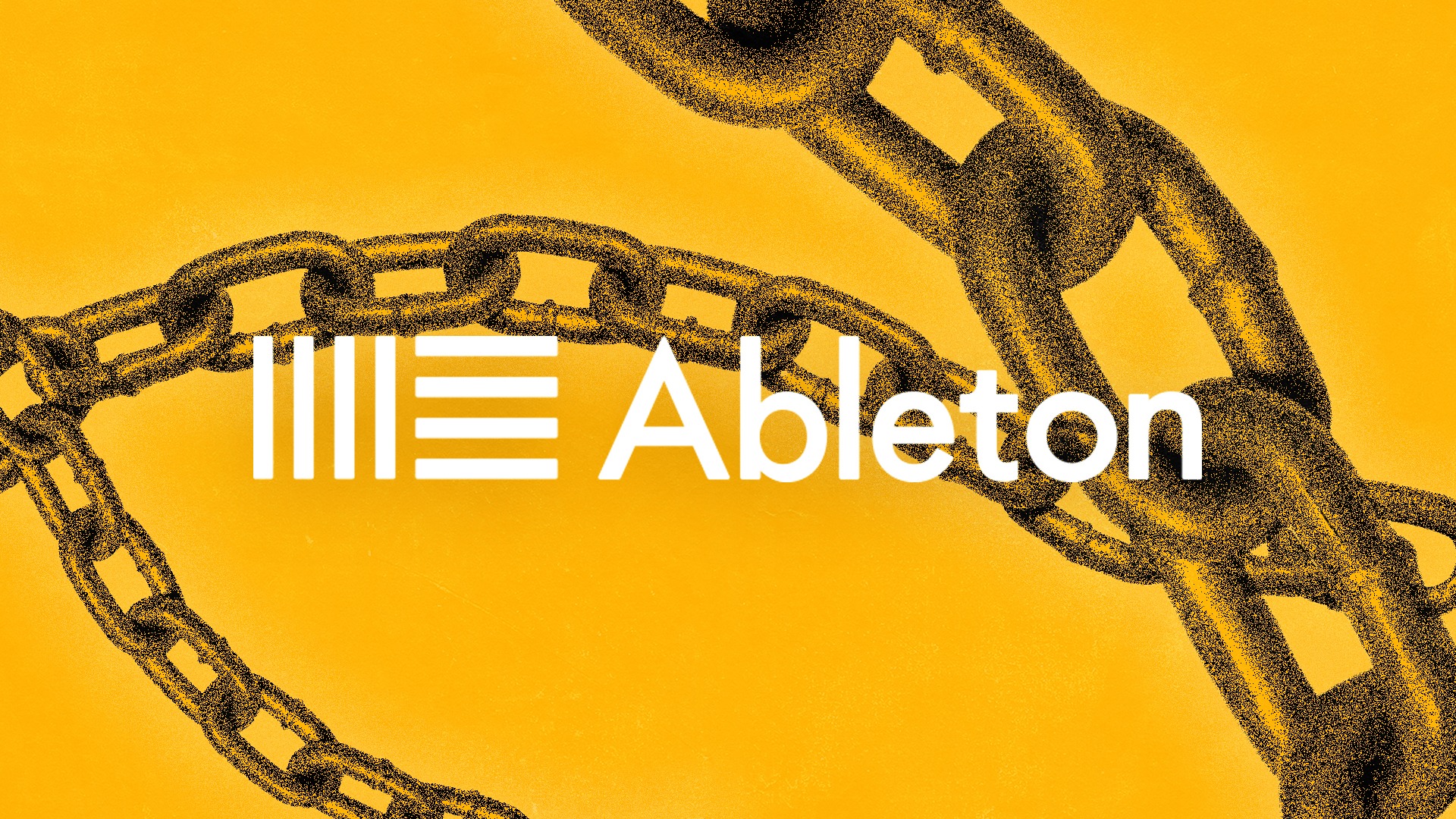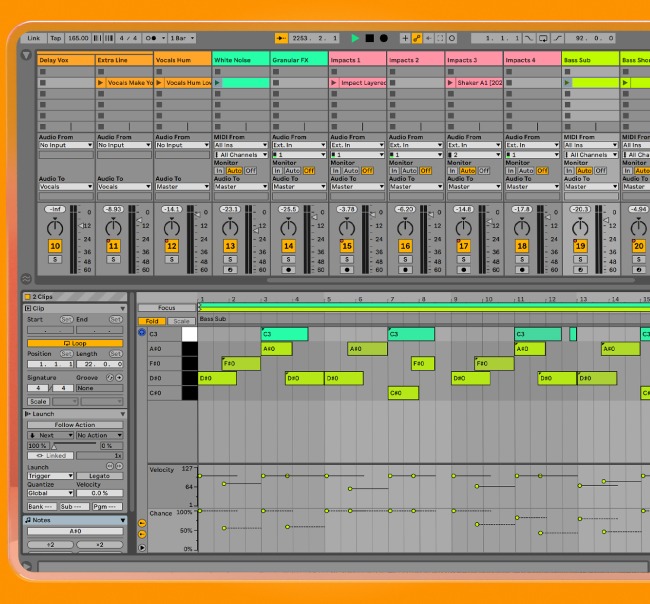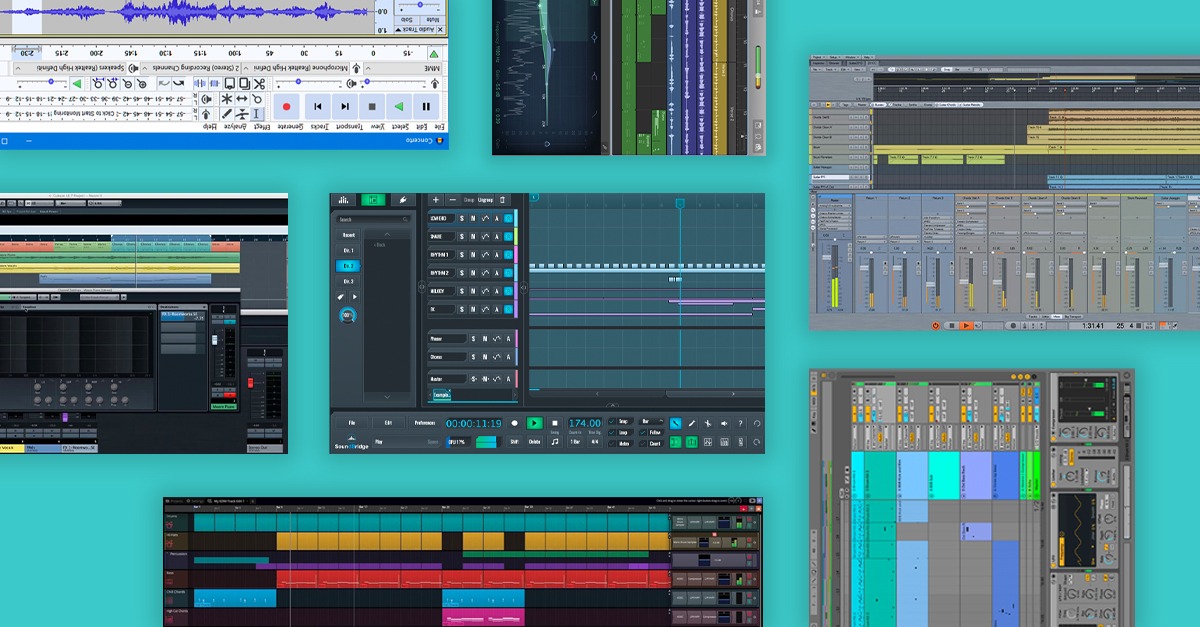
DAW Templates: Speed Up Your Workflow With Mix Templates and More
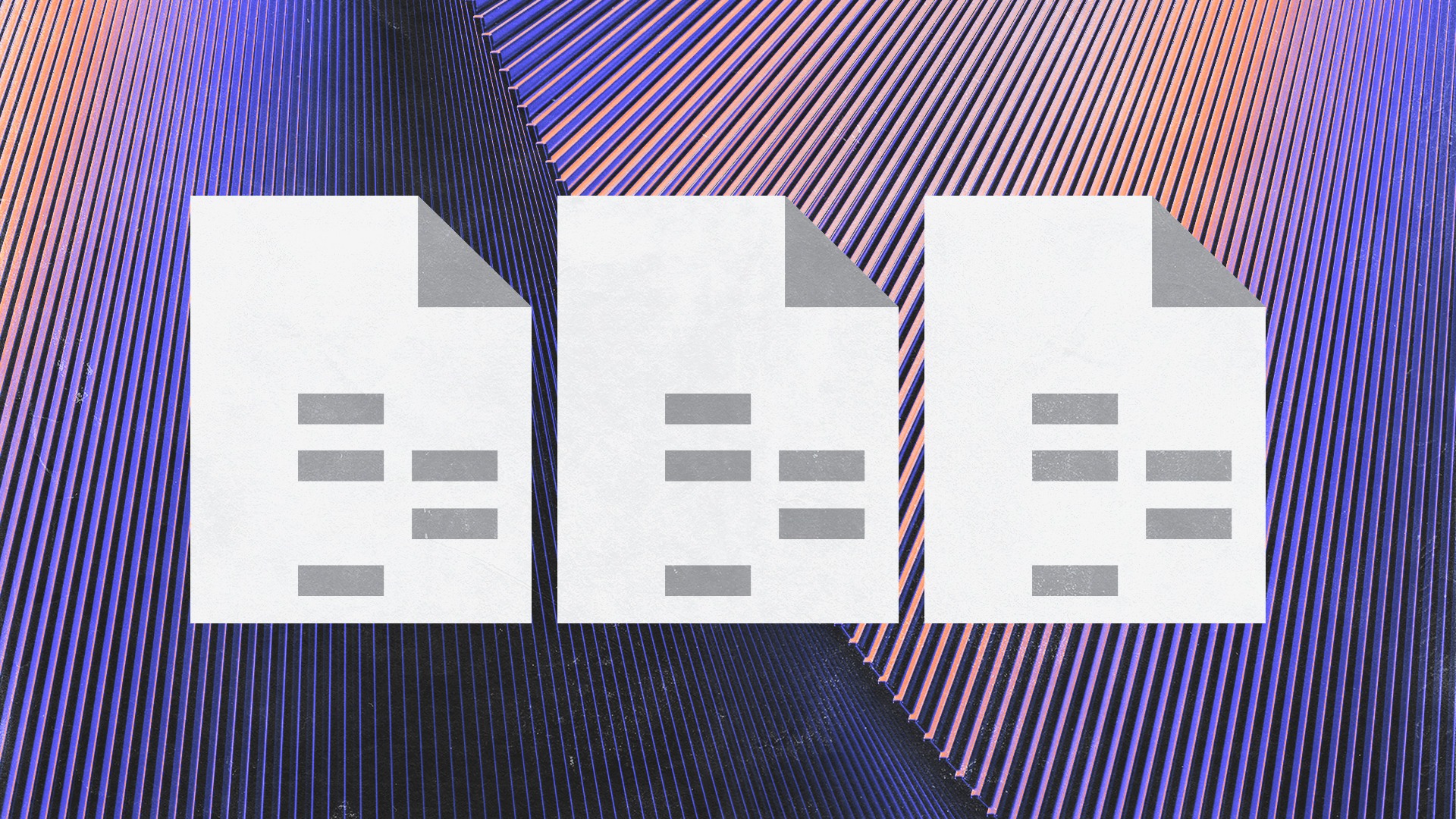
If there’s one time-saving tool that all the pros use, it’s the trusty DAW template. Whether you work with Ableton, Logic, Pro Tools or any DAW, having a set of go-to templates is a must.
Imagine walking into a custom-built music studio where everything is set up precisely how you like it.
Your favorite synthesizers are already patched in, your go-to drum samples are loaded, the audio tracks are armed, and your most-used effects are dialed in.
That’s essentially what a DAW template offers: a personalized, repeatable starting point for your creative process.
But creating your first DAW templates isn’t always straightforward. It takes time to know exactly what tools you tend to use in the studio, and its not always clear what’s needed for different tasks.
In this article, we’ll take a look at what DAW templates are, what they can do for you and how to go about making your own.
We’ve also included excellent FL Studio and Ableton templates to help Ableton FL Studio users start their mixes with confidence.
Let’s dive in!
What are DAW Templates?
DAW Templates are a powerful feature found in most modern Digital Audio Workstations (DAWs) such as Ableton Live, Logic Pro, Pro Tools, and FL Studio. They are pre-configured project files that can serve as a starting point for your music production sessions.
These templates can contain a variety of elements depending on your needs and workflow.
You might set up track groups with specific audio routing configurations, include a palette of your most-used VSTs and samples, preset specific EQ and compressor settings on your mix bus, or even pre-load MIDI clips with chord progressions or drum patterns you frequently use.
Templates are not about setting limitations or making every project sound the same.
Instead, they’re all about efficiency and consistency.
By removing repetitive setup tasks, DAW templates allow you to jump directly into the creative process, potentially saving you hours over the course of a project.
They also help maintain a consistent workflow, which can enhance your overall sound and make mixing and mastering easier.
DAW templates can also be a learning tool for beginner producers.
By studying templates created by professional producers, you can gain insights into their workflow, arrangement techniques, and mixing methods.
Discover more about DAWs
Our best articles on the most important tool in music production.

Four kinds of DAW templates
DAW templates serve all sorts of purposes.
Depending on what you’re doing in the studio on a given day, it helps to have various templates available to get up and running as fast as possible.
Arguably you can boil DAW templates down to four categories, creative, song structure, recording and mixing.
Creative DAW templates
Creative templates are all about giving you the color palette, canvas and paintbrushes you need to start making art (in this case music) as fast as possible.
That means setting up your template to preload your synths, synth patches, drum racks, favorite VST effects, MIDI controller inputs and audio inputs.
You can even have different creative templates for different purposes—your hip-hop and trap template may very well look different from your techno and house template.
The idea here is to save a blank version of a setup that works best for you, so you can sit down at your DAW, open a new session and start working as fast as possible.
Song structure DAW templates
Similar to creative DAW templates, but more geared towards beginners, song structure DAW templates give a level of song structure guidance to help producers know how long a give section should be.
These templates essentially work as a coloring book, making it easy to see how long an intro, verses, chorus, bridge and other song sections should be.
The idea of course is not to put artists into a box, but rather boost confidence by guiding producers with a visual representation of how typical pop, rap and rock songs are structured.
Jukeblocks is a great song structure generator that creates random structures based on a chosen genre—if you’re looking for a relatively basic song structure DAW template.
Recording DAW templates
Recording templates are a must-have in any serious producer’s arsenal—especially if you operate a professional recording studio with a patch bay.
A good recording DAW template will typically preload the studio’s input and outputs, a selection of basic presets and any MIDI inputs.
The goal is to make everything easy to pull up when an artist or group arrives ready to record so no time is wasted in the studio.
So, consider having different recording templates for various setups like vocals, guitars, drums, full bands and beyond.
Even for home studio producers, having a recording template ready to go that reflects the gear you have in-house is useful, especially because recording is often a different process than creative-style sessions.
Mixing DAW templates
Another unique part of the music production process that demands a specific DAW template are your mixing sessions.
A mix template is unique because it will contain a channel strip with all your EQs, compressors, filters, reverbs, effects and more set up and ready to go whenever you start a mix session.
Often, to keep a project’s sound uniform between mixing project a number of songs, you’ll find that mix engineers will start with a relatively simple template for the first track.
After the first song is mixed and a whatever custom settings have been added to each track, the engineer will save the mix template and apply it to the remaining songs in the project as a better, more custom mix template.
But as a rule, it never hurts to have a basic mix template that comes with presets that have worked well in the past.
How to set up templates in your DAW
The process of setting up templates varies depending on the DAW you’re using. Here’s a step-by-step guide on how to save templates in a handful of popular DAWs.
How to save Ableton templates
Open Ableton Live and set up a new project exactly how you want your template to be.
This could include loading your favorite instruments, setting up your preferred tracks and routing, adding effects, and so forth.
Once you’re happy with your setup:
- Go to the ‘File’ menu in the top-left corner and select ‘Save Live Set as…’.
- Navigate to Ableton’s ‘User Library’ folder, which is typically found in the ‘Ableton’ folder within your ‘Documents’ folder.
- Save your project within the ‘Templates’ folder here.
To use your Ableton template, simply start a new Live Set.
When the dialogue box appears, select your saved template from the ‘Templates’ folder. Now, every time you start a new project, your custom setup will be ready to go.
How to save Logic Pro templates
Start by setting up your project exactly how you’d like your template to look. This could involve loading specific plugins, setting up track stacks, or establishing routing configurations.
When you’re satisfied with your template:
- click on the ‘File’ menu and select ‘Save As Template…’.
- You’ll be prompted to name your template and optionally, you can add it to a category. Click ‘OK’ once you’re done.
The next time you start a new project, your saved template will be available in the ‘New From Template’ dialogue box.
How to save FL Studio templates
Open FL Studio and create your ideal project setup. This might include loading your favorite plugins, drum patterns, or creating mixer track routings.
Once you’re happy with your setup:
- navigate to the ‘File’ menu at the top left and select ‘Save as…’.
- Save your project in the ‘Templates’ directory of your FL Studio installation.
The next time you start FL Studio, your custom template will be available from the ‘New from template’ option in the ‘File’ menu.
DAWn of a new era
Pulling up a blank canvas is fun!
Imagining the possibilities of where you’ll take your project next as you pull up a new template and quickly diving into a new sessions is so exciting.
So, don’t waste any more time clicking around your DAW setting up stuff that doesn’t need to be setup.
Save some DAW templates and get to writing, producing, mixing or recording faster than ever!
Gear guides, tips, tutorials, inspiration and more—delivered weekly.
Keep up with the LANDR Blog.
